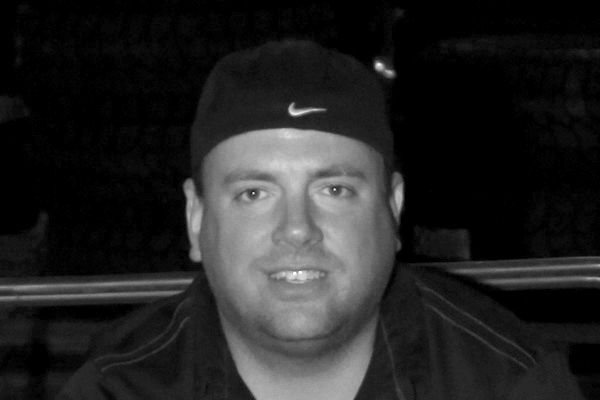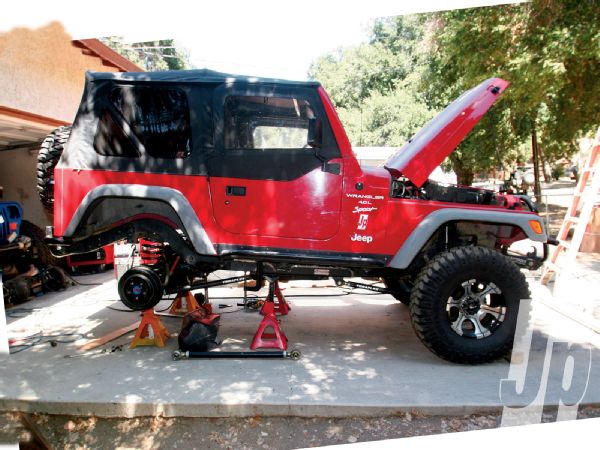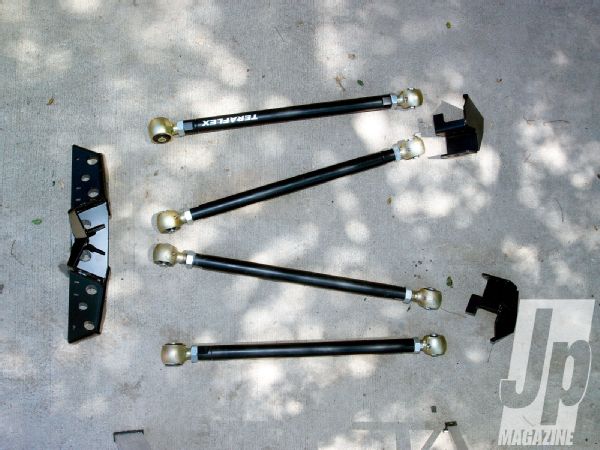
 Pete Trasborg
Brand Manager, Jp
Pete Trasborg
Brand Manager, Jp
In the last issue we decided to lower our '01 Wrangler. With 41/2 inches of lift on a short-arm suspension running 35-inch Dick Cepek Crusher tires, it wasn't all that street-friendly. Not only that, but we felt that the Jeep performed better off-road when it was lower and on 32's because it felt more stable and climbed better. So, we set out to make the Jeep perform better on-road and climb better off-road without losing any of the off-road ability that it already had.

We do a lot of canyon carving and spirited off-pavement driving, so we turned to Teraflex for the company's LCG Pro kit. Last issue we showed you the install of the front half of the lift. For this issue, we buttoned up the install with a few twists and have supplied some feedback as to how it rides and drives now.
For the install itself, we opted to do it in our driveway-much like you might do if you were to try this at home, despite all the instructions suggesting a professional shop do it. No fancy plasma cutter here, we stuck strictly with the grinder and reciprocating saw for cutting. Sure, we had to fire up our Lincoln Electric welder again, but this kit wasn't designed to be bolt-on. We did everything from start to finish right in front of our house (our neighbors love us). So, without further ado and no more tomfoolery, here is how it all comes together.
 The rear eliminates the track bar through a double-triangulated setup. The upper and lower links are the same length 13/4-inch OD, 0.375-inch wall tube, and feature the same sized end links. The upper links get two flex joints while the lower gets a flex joint and a rubber joint to cut down on noise. The included truss is designed to work with a Dana 35 or Dana 44 axle. We had swapped in a Currie Enterprises F9 9-inch which caused a bit more work.
The rear eliminates the track bar through a double-triangulated setup. The upper and lower links are the same length 13/4-inch OD, 0.375-inch wall tube, and feature the same sized end links. The upper links get two flex joints while the lower gets a flex joint and a rubber joint to cut down on noise. The included truss is designed to work with a Dana 35 or Dana 44 axle. We had swapped in a Currie Enterprises F9 9-inch which caused a bit more work.
Driving Impressions
So how does it work already? Glad you asked. The Jeep handles much better on-road and off-road everywhere we've had it so far. The shocks are valved just right for the vehicle: none of that too-hard, too-soft junk. There are no noises coming out of the system, and the Jeep feels way more stable than it did. Bottom line is if you are patient, have the welding skills, and you want a double-triangulated four-link rear but don't want to mess with the calculations, this kit could be for you. And, it is possible to install it in your driveway if you have the time to spare. All told, we have about a week total of solid 8- to10-hour work days doing this install. Estimated time for a fully-equipped shop is two days.








